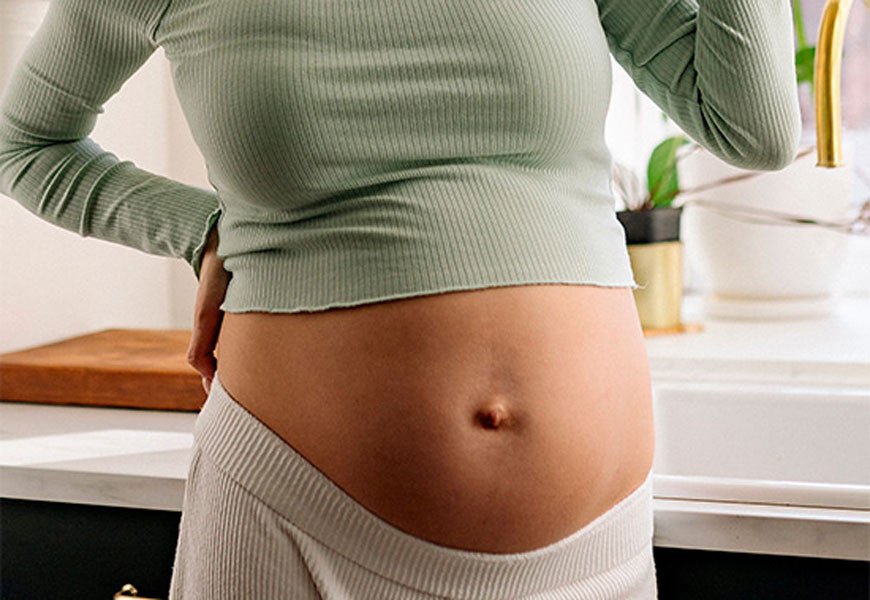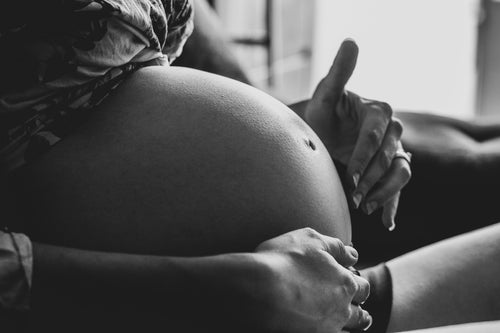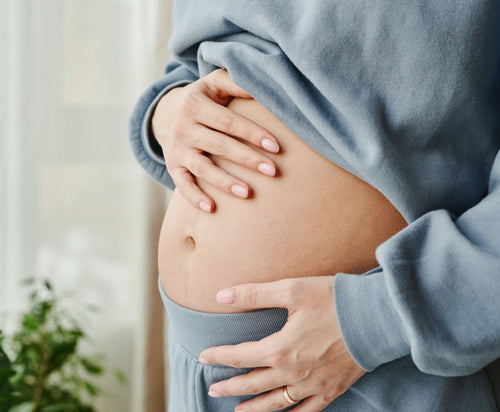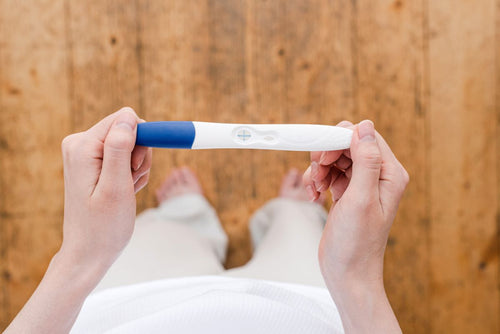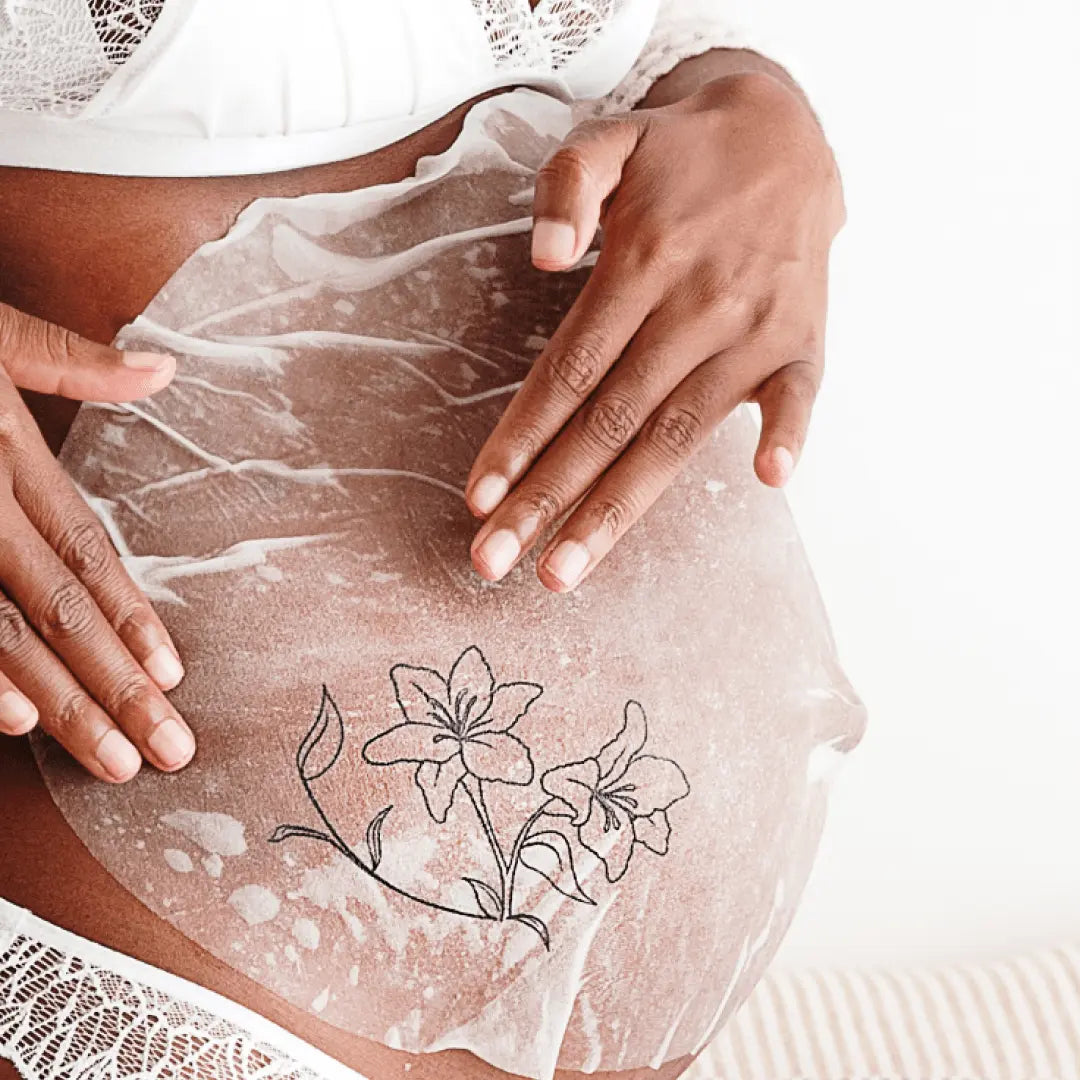- What physical changes in the 2nd trimester of pregnancy?
- What monitoring schedule during the 2nd trimester of pregnancy?
- And what about baby?
What physical changes in the 2nd trimester of pregnancy?

Remember to eat a varied and balanced diet to keep weight gain under control and to drink well to avoid the minor ailments of pregnancy: heavy legs, swollen feet, water retention, etc. The ideal is to combine a healthy diet with gentle physical activity and to practice a sport without impact on the body such as walking, prenatal yoga or swimming to stay in good health and get a good night's sleep !
Because your baby bump is rounding out at great speed, remember to apply an anti-stretch mark cream or oil morning and evening to accompany the stretching of the skin, which is put under severe strain from the second trimester of pregnancy.

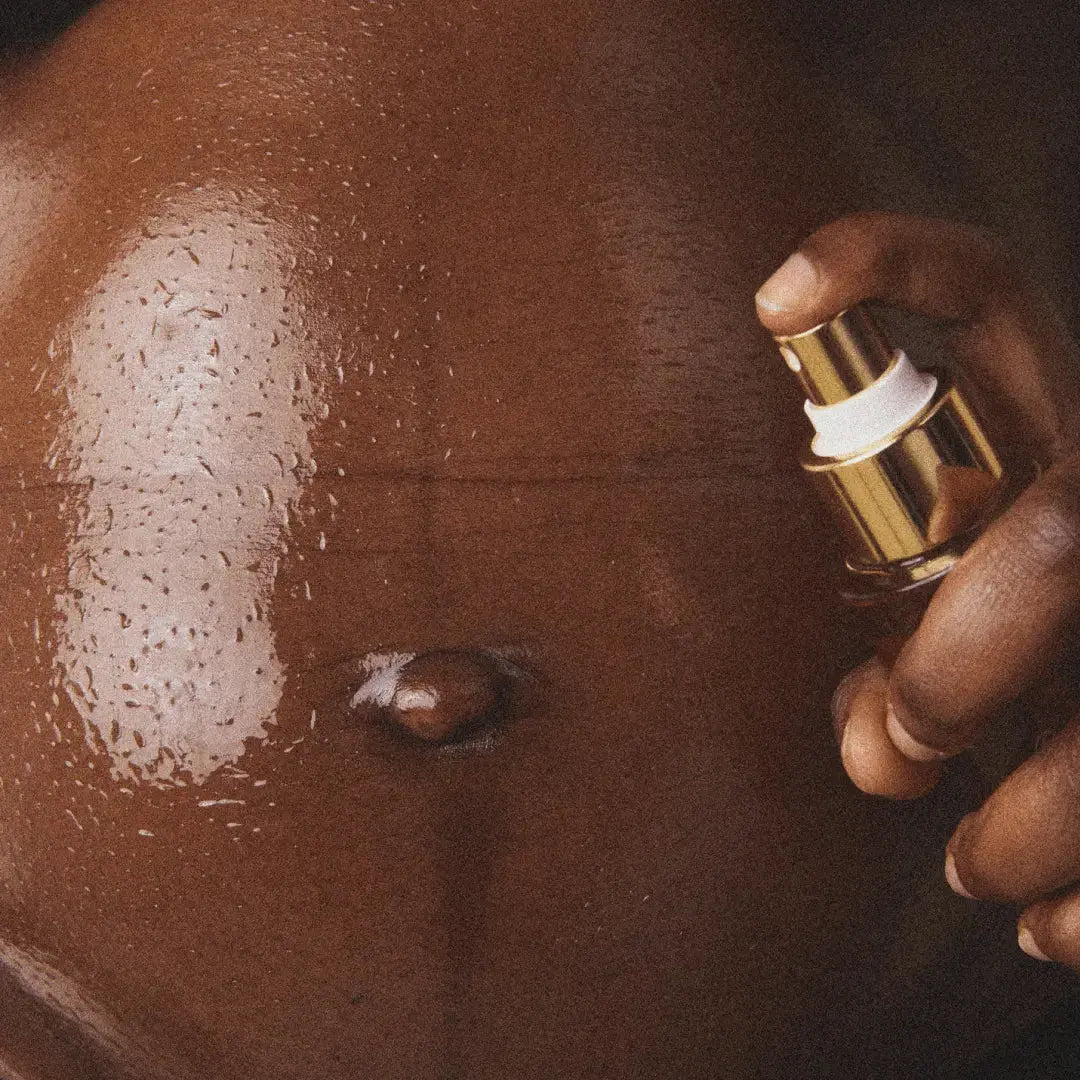
- Regular price
-
28,90 € - Regular price
-
- Sale price
-
28,90 €
Another point of vigilance for pregnant women: the pregnancy mask ! To prevent your skin from becoming covered in brown spots under the influence of the sun and hormones, protect it with an SPF50+ sunscreen every morning (to be reapplied before each exposure) such as our Crème Radieuse. The second trimester is known for bringing beautiful hair, strong nails and glowing skin to the mother-to-be; it would be a shame to see your skin become marked with pigmented spots at the same time.


- Regular price
-
24,90 € - Regular price
-
- Sale price
-
24,90 €
It is also during this period that the first contractions, known in the jargon as Braxton Hicks contractions, may appear. And yes, your body is slowly starting to prepare for childbirth, but don't worry, these uterine contractions do not act on the cervix and are not signs of imminent labor. It is not necessary to consult a doctor if they remain infrequent (10 to 12 contractions per day maximum) and if they do not cause pain.
What monitoring schedule during the 2nd trimester of pregnancy?
In terms of medical follow-up, you are starting to get to know the routine: several exams await you. First of all, the monthly check-up appointments with your gynecologist or midwife, with the highlight being the second trimester ultrasound , the famous “T2 echo” or morphological ultrasound, which takes place around 5 months of pregnancy, between the 22nd and 24th week of amenorrhea. A very important examination, during which the fetus will be observed from every angle. Weight, measurement of head circumference, development of different organs will be reviewed to ensure good growth.

Then let's mention the traditional little trip to the laboratory every month for a blood test and/or a urine analysis: we monitor your blood sugar, your iron level, and possible infections such as toxoplasmosis if you are not immunized. At the end of the 6th month of pregnancy, pregnant women at risk will also be entitled to the gestational diabetes test, the famous “glucose test” often feared by future mothers.
It's also a good time to plan a quick visit to the dentist, because pregnancy can weaken your gums and cause minor oral and dental inconveniences.
And what about baby?
A change – and not the least important – also awaits you at the start of the second trimester: baby starts to move. Or more precisely, you start to perceive its movements, like little bubbles in your stomach, which will quickly take the form of little blows. It is generally during the 4th month of pregnancy, between the 16th and 20th week, that you will be able to feel the movements of the fetus – and sometimes a little earlier if you have already had a baby, or a little later if the fetus is not very active, which also happens! Great moments of emotion in perspective!
If you want to practice haptonomy, a technique for preparing for childbirth and parenthood based on contacts and caresses through the wall of the stomach to establish the first contacts with baby, now is the time to get started. ! It is generally recommended to start classes with a midwife in the 4th month of pregnancy, as soon as you feel the fetus moving. For classic childbirth preparation courses, you still have a little time: you can start them around 6 months of pregnancy, or even in the third trimester, during your maternity leave.
Even if the birth is still far away, you will certainly be asked to choose in which maternity ward you wish to give birth. Don’t hesitate to visit them and use word of mouth to make the right choice.
Girl or boy ? If you can't wait to find out the sex of your baby, the wait will soon end because your gynecologist, midwife or sonographer is now able to tell you the baby's secret! Some practitioners will do it during a check-up ultrasound at 4 months of pregnancy, others will wait until the 2nd ultrasound, at the fifth month, to make a decision. In short, you will be able to project yourself even more into this new life!

